Dust Allergies
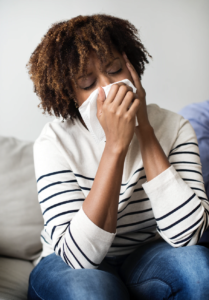 Dust is a very common allergen which can cause havoc among sensitized individuals. Most people are not aware that the cause of dust allergies are dust mites. Dust mites are microscopic animals belonging to the class Arachnida. Arachnids are arthropods which are invertebrate animals that have an exoskeleton (i.e., external skeleton), a segmented body, along with paired jointed appendages. In addition to mites, some other examples of arachnids include spiders, ticks, and scorpions. Dust mites, which are also known as house dust mites, are between 0.2 to 0.3 mm. in length and are translucent, making them almost invisible to the naked eye.
Dust is a very common allergen which can cause havoc among sensitized individuals. Most people are not aware that the cause of dust allergies are dust mites. Dust mites are microscopic animals belonging to the class Arachnida. Arachnids are arthropods which are invertebrate animals that have an exoskeleton (i.e., external skeleton), a segmented body, along with paired jointed appendages. In addition to mites, some other examples of arachnids include spiders, ticks, and scorpions. Dust mites, which are also known as house dust mites, are between 0.2 to 0.3 mm. in length and are translucent, making them almost invisible to the naked eye.
Dust mites survive by eating the dead skin of humans and pets as it flakes off their bodies. They also eat some varieties of mold. They live throughout the world except at high altitudes (i.e., above 5,000 feet). Dust mites are generally found in bedding (e.g., pillows, mattresses, box springs, blankets), upholstered furniture, carpeting, drapes, and curtains. They tend to thrive in humid conditions where the relative humidity is above 50%. The allergenic components of dust mites are the exoskeleton and their fecal deposits. Since the exoskeleton and fecal deposits are relatively heavy in nature, they are not suspended for long in the air. Thus, they are generally found on the floor and other surfaces. The dust that you see in the air is not usually composed of dust mite allergens unless the floor or surface is disturbed. If this occurs, the dust mite allergens only remain in the air for a couple of hours or less. The two major species of dust mites that are highly allergenic and tend to affect sensitized individuals in the U.S. are Dermatophagoides farinae (i.e., American house dust mite) and Dermatophagoides pteronyssinus (i.e., European house dust mite).
Individuals who are allergic to dust mites may exhibit signs and symptoms of allergic rhinitis (i.e., hay fever), allergic conjunctivitis, and/or asthma. These symptoms may include sneezing, runny nose, nasal congestion, postnasal drip, itchy nose, itchy eyes, watery eyes, redness of the eyes, puffy eyes, sore throat, snoring, fatigue, sinus headaches, wheezing, coughing, chest tightness, and/or shortness of breath.
The diagnosis of dust mite allergy requires a thorough history and physical examination by a board certified allergist like the ones at Black & Kletz Allergy. Testing to dust mites can be done via skin or blood testing. The severity of the dust mite allergy can also be assessed. Once diagnosed, the allergist will recommend several preventative measures that should be implemented by the allergy sufferer.
Some of these preventative measures may include:
1.) Covering the pillows, mattress, and box spring with allergy-proof encasings
2.) Washing the bedroom sheets in hot water (greater than or equal to 130 °F)
3.) Vacuuming carpeting at least once a week
4.) Keeping the relative humidity less than or equal to 45%
5.) Reducing or eliminating stuffed animals and other dust-gathering toys
6.) Replace bedroom wall-to-wall carpeting to hardwood or vinyl flooring
7.) Use a HEPA filter in the HVAC system and replace the filter every 3 months
The treatment of dust mite allergies may include the use of oral antihistamines, decongestants, leukotriene antagonists, nasal corticosteroids, nasal antihistamines, nasal anticholinergic medications, allergy eye drops, inhaled corticosteroids, inhaled bronchodilators, allergy immunotherapy (i.e., allergy shots, allergy injections, allergy hyposensitization), and/or biologicals (e.g., for the treatment of moderate to severe asthma).
The board certified allergists at Black & Kletz Allergy have been diagnosing and treating dust mite allergies for many decades in the Washington, DC, Northern Virginia, and Maryland metropolitan area. We have office locations in Washington, DC, McLean, VA (Tysons Corner, VA), and Manassas, VA. Our Washington, DC and McLean, VA offices are Metro accessible and there is a free shuttle that runs between the McLean, VA office and the Spring Hill metro station on the silver line. The allergists at Black & Kletz Allergy are extremely knowledgeable about the most current treatment options for patients with allergic rhinitis, allergic conjunctivitis, and asthma and can promptly answer any of your questions. To schedule an appointment, please call any of our offices or you may click Request an Appointment and we will respond within 24 hours by the next business day. We have been servicing the greater Washington, DC area for more than 50 years and we look forward to providing you with excellent state of the art allergy and asthma care in a friendly and pleasant environment.


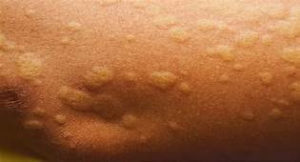
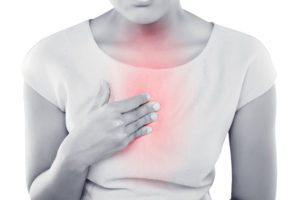 Proton pump inhibitors (PPIs) are a group of medications commonly used to treat symptoms caused by excessive stomach acid. The most common PPIs available in the U.S. are Nexium (i.e., esomeprazole), Protonix (i.e., pantoprazole), Prilosec (i.e., omeprazole), Prevacid (i.e., lansoprazole), Aciphex (i.e., rabeprazole), and Dexilant (i.e., dexlansoprazole). These medications act by reducing the amount of acid secretion produced by the parietal cells in the lining of the stomach. In addition to lifestyle and dietary modifications, they are usually the first line medications prescribed to treat common conditions such as gastroesophageal reflux disease (GERD),
Proton pump inhibitors (PPIs) are a group of medications commonly used to treat symptoms caused by excessive stomach acid. The most common PPIs available in the U.S. are Nexium (i.e., esomeprazole), Protonix (i.e., pantoprazole), Prilosec (i.e., omeprazole), Prevacid (i.e., lansoprazole), Aciphex (i.e., rabeprazole), and Dexilant (i.e., dexlansoprazole). These medications act by reducing the amount of acid secretion produced by the parietal cells in the lining of the stomach. In addition to lifestyle and dietary modifications, they are usually the first line medications prescribed to treat common conditions such as gastroesophageal reflux disease (GERD),  Air pollution is a major problem in many parts of the world particularly in major cities in the U.S. including
Air pollution is a major problem in many parts of the world particularly in major cities in the U.S. including 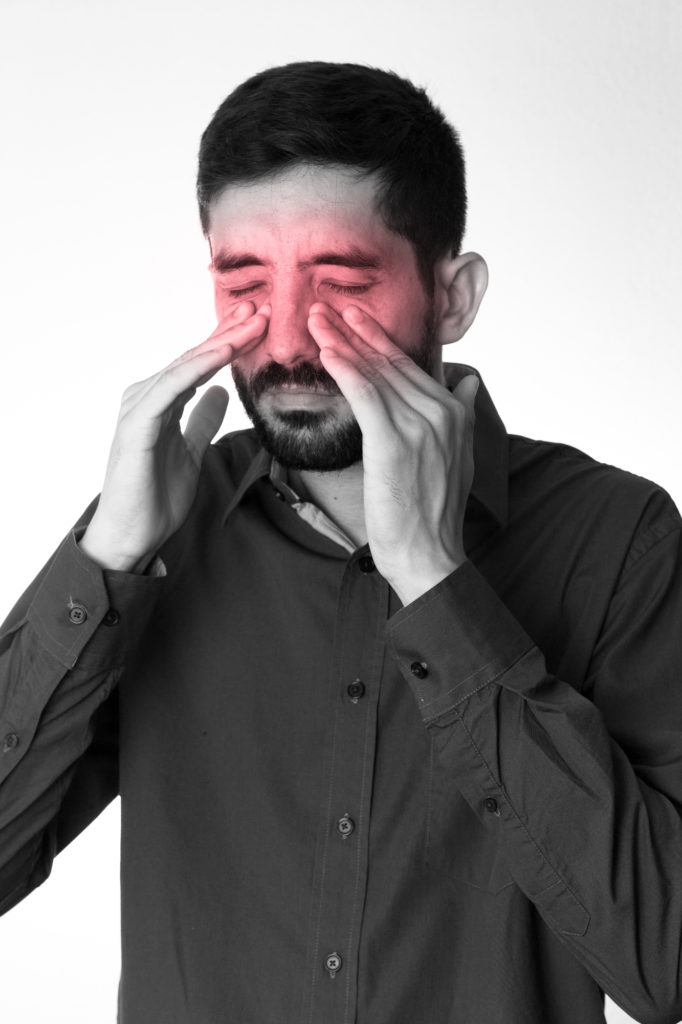
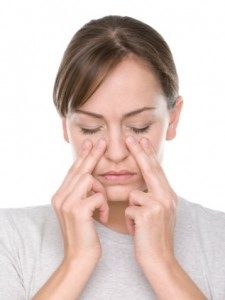 If you are like a lot of individuals in the
If you are like a lot of individuals in the  Coughing is a protective “reflex” given to us by nature as part of our body’s vital defense mechanisms. It forcibly expels harmful bacteria, viruses, foreign objects, and excessive mucus from the respiratory tract protecting our lungs from irritation, inflammation, and infections.
Coughing is a protective “reflex” given to us by nature as part of our body’s vital defense mechanisms. It forcibly expels harmful bacteria, viruses, foreign objects, and excessive mucus from the respiratory tract protecting our lungs from irritation, inflammation, and infections.